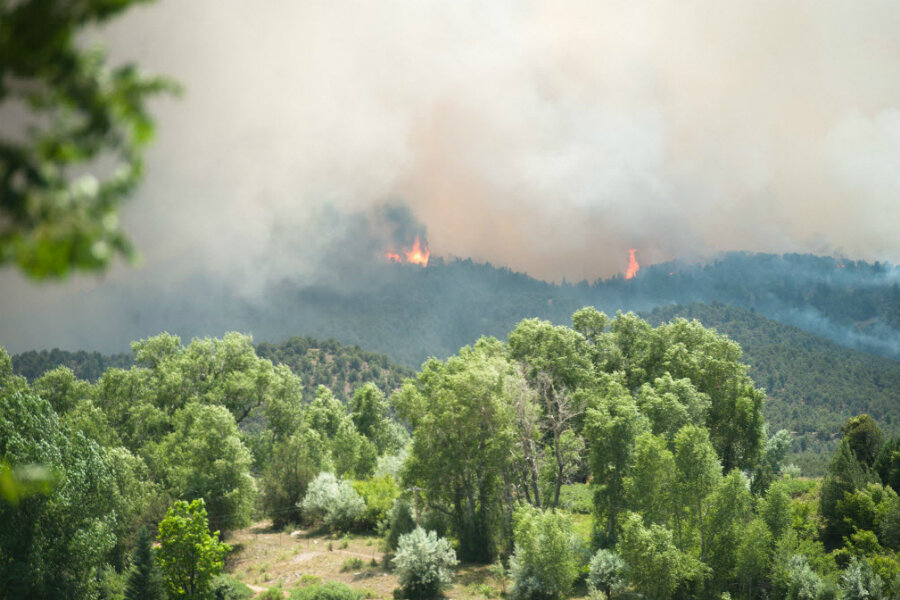'One-of-a-kind' trout feared extinct in Hayden Pass fire
Loading...
The Hayden Creek cutthroat was the subject of a successful, decade-long conservation effort.
Now researchers fear it could be lost forever.
The Hayden Creek cutthroat trout, which is protected by the Endangered Species Act, could be a casualty of a 20-square-mile Colorado wildfire – unless conservationists can act fast, wildlife officials say.
On Sunday, a lightning strike set off a wildfire that has swept through Fremont County. The fire has since grown to over 13,000 acres, prompting officials to issue mandatory evacuations.
In many cases, animal populations will clear out of their usual habitats in the event of a fire. Sometimes, natural wildfires can even work in favor of local ecosystems.
“The ashes mix with the soil and they actually reinvigorate the nutrients within the soil,” Kyle Davidson, of Colorado Parks and Wildlife, told Colorado Springs Fox News affiliate. “That then springs new life, new growth, new foliage for the animals to come back and be able to eat.”
But one fish population may not have been so lucky.
The Hayden Creek cutthroat is a subspecies of cutthroat trout, so named for the red stripe on its lower jaw. Researchers took interest in the Hayden Creek cutthroat upon discovering that it had unique DNA, not found in any other fish. Either the population was translocated from another ecosystem, or it had persisted in Colorado for thousands of years, biologists theorize.
“There’s no other cutthroat population that shares their genetics, and when they’re gone, they’re gone,” said Greg Policky, the Colorado Parks and Wildlife fish biologist, in an interview with the Colorado Springs Gazette. “We’re hoping they’re not gone.”
Policky is part of a long-term conservation effort by the US Forest Service. In 2003, officials installed a protective barrier where the creek meets conjoining rivers. Once the habitat was isolated, researchers could remove any non-cutthroat trout from the population. The once-struggling Hayden Creek cutthroat population bounced back to 2,000 fish.
“Prior to all that work, they were barely hanging on,” Policky told The Gazette. “Prior to this fire, they were doing very well.”
The case is emblematic of the fragility of endangered species: a single natural disaster can put an entire population in peril. But the conservation effort isn’t over yet.
If some cutthroat managed to escape the protective barrier, they could be rescued and placed in isolated hatcheries. It’s also possible that some fish survived the intense heat, but they would still be at risk from the pileup of ash and sediment.
“The first thing to do is get in there and assess the situation,” Policky told Fox21. “See if we have surviving fish, what the extent of the fire was and start making plans to protect them.”








